Make your headlines sexier!
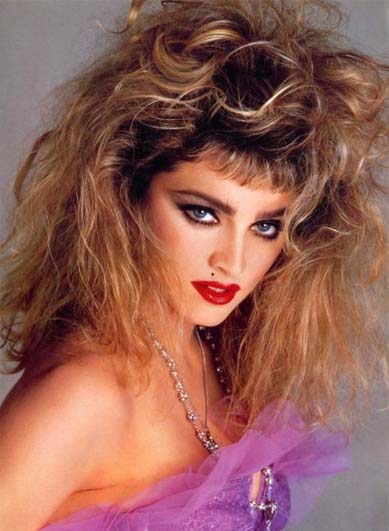
Actually, to get the title above to be Buzzfeed-worthy, it should be something like this: “5 crazily simple tricks to writing ultra-clickable Buzzfeed-like titles, that’ll blow your mind, make you break down, and change your life within 5 minutes of reading this because you’ll get so many likes, shares, and retweets. #3 almost made me cry“… 🙂
If this kind of headline sounds weird to you, imagine how weird it would be if these things literally happened to you when you read this article. For example, what this video shows is amazing :
Whether we like it or not, whether it seems absurd or not, writing great headlines involves using phrases like this, and it’s the perfect way to get more clicks. However, it’s worth mentioning that, despite the undeniable magic of these headlines, it’s understood that not everyone has a portal like BuzzFeed or Upworthy, may it be the type of content you share or the audience you’re targeting, not everyone can write like this. Our public and area, may not allow for it and that’s why, I’m taking their tricks and adapting them to our reality, so that we can apply the formula to our content.
Why should we learn, take advantage of, and copy this trend that’s working so well (at least for) today?:
Because of all your groups, only about 80% take half a second to stop and read your headline (that is, if they even stumble upon it). What’s more, of those 80 %, only 20% might feel interested enough to click on it. Basically, the possibilities for clickable-ness are scarce, considering that: each day over 400 million tweets and over 2 million blogposts are published.
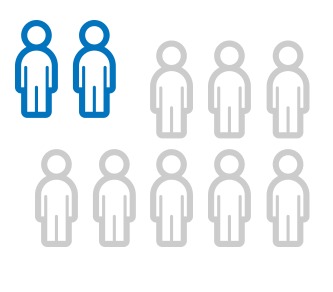
Obviously, excelling in this jungle of content isn’t easy. So, we must take advantage of the fact that people surfing the Internet, consciously or not, have the intention of finding something in particular. Maybe some already know what they want, maybe not, but they’re lurking and we’ve got to be smart enough to seduce them and capture their attention, while at the same time offering them just that feeling they’re are looking for.
Are they looking to forget about their worries, looking for the solution to a problem, looking to understand something new, wanting to feel identified, looking for a relief, a distraction, inspiration, ideas…?
The importance of writing great headlines for your post and tweets: “Tuning “
We’ve not only got to offer them what they’re looking for on the Internet, but also the way they want to find it. The key to writing great headlines is to use the same phrases/slang/jargon your public normally use s. Why? So that when the person on the other side of the screen reads your title, they feel like if they click on it, they’ll discover the world’s largest piece of gold treasure. Yeah, it sounds over exaggerated, but if you don’t generate that “adrenaline”, that unconscious feeling of “I HAVE to read this, eventhough I know it won’t literally blow my mind“, your content will go unnoticed. But remember, as a result of this trend of exaggerating promises in headlines, we must keep in mind content quality. You have to also exceed expectations in your content; otherwise you’ll lose the trust of your audience.

Upworthy got a story that only had 10,000 views, reach 4 million clicks with a “B” headlines. Take a look:
A- Original Title: “CBS WKBT News Anchor´s On- Air response To viewer calling her fat”
B- Cured Title: “Bully Calls News Anchor Fat, News Anchor Destroys Him On Live TV”
Here’s another example of Upworthy demonstrating yet again their talent in the art of “tuning”:
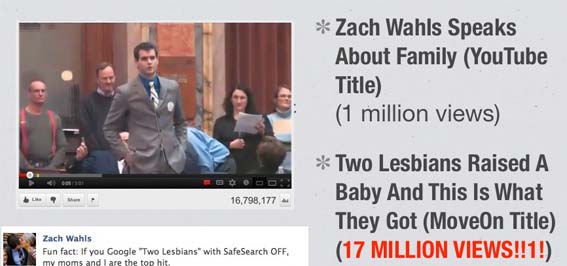
The 5 types of headlines you should use from now on:
1. Normal: Say what it is and get straight to the point
Ex: Ways To Prepare Delicious Teas
2. Question: Generate doubt and then provide the answer
Ex: What are the Most Incredible Ways to Prepare Delicious Teas?
3. “How to”: Give a solution, teach something useful.
Ex: How to Prepare Delicious Teas in 3 Super Quick and Simple Ways.
4. Numbers/Lists: Make it seem like a practical solution, or the best possible choice one might find.
Ex: The 15 Best Ways to Prepare Delicious Teas You Never Knew Existed.
5. Reader addressing: Grab your audience’s attention with a title that speaks to them directly, as if in one-on-one a conversation.
Ex: Different Ways You Need to Know to Make Delicious Teas and Impress Your Demanding Guests.
Out of these 5 most successful formats, let’s take a look at the order in which the audience prefers them:
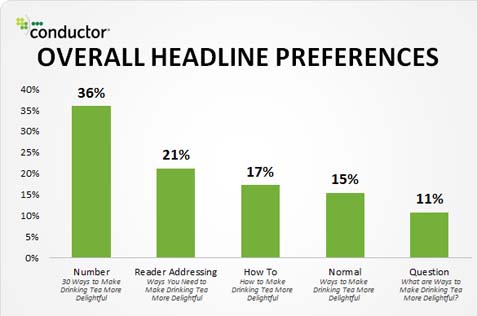
Apparently, people love numbers! And BuzzFeed’s on top of it!
If you have any questions, be sure to visit the site where you’ll see that for every 6 titles, at least 4 are in the “Number/List“ format.
On today’s cover, both of the featured articles contained numbers in the headline. What’s more, it seems that the word “never” works quite well, because it also shows up in the main headlines.

Simple tricks to get these formats to work perfectly:
- People want to feel part of something. The sense of belonging is very strong because it unifies, it identifies, and it confirms what one feels. Or maybe because it just gives relief to know that there are other people out there who think, live, get angry at, worry about, eat, work just like you do. And that, is what wins clicks hands down! Find the commonalities of your community, what you think can unite them under the same headache, laugh, memory, concern, doubt, or search for solutions, and create content based on that.
For example:
– 15 Awesome Apps Only Super Busy Moms Won’t Be Able to Stop Using.
– 10 Unusual Phrases that Only Nurses Would Understand.
– 8 Daily Routines to Improve Performance, that Only Those Who Run More than 8mi a Day Can’t Stop Trying to Do.
– 7 Things Only Wine Lovers Would Give Anything to Have.
Now you get why these simple posts got to be so successful:
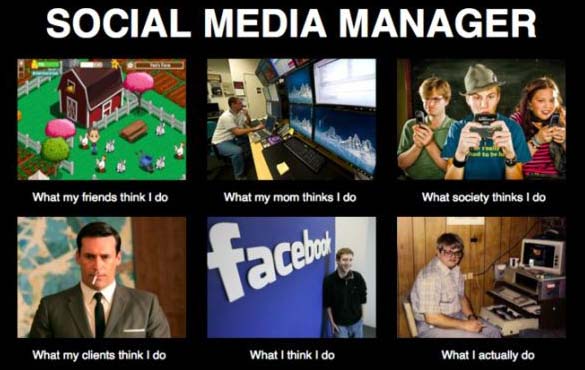
- People like to learn new things. Especially, if that new knowledge can be applied simply, in 5 minutes or less, and improves some aspect of their lives, then it is a candidate to be a winner in the click-race. You need to plant this kind of “feeling” in your headlines.
– How to Make Super Original Flower Pots in Less than 5 Minutes Using Old Sneakers.
– How to Cure Content for Your Fan Page with 4 Super Smart Ideas that Will Save You Over 2 Hours a Day.
- People want to feel smart, and that they know tricks, secrets, or info that other people don’t know. Therefore, teach your community something unique, or provide them with “confidential” information, or give them that secret data that will make them more interesting and intelligent than any of their colleagues or friends. To do this, you can include data, facts, percentages, etc… in the headlines
More examples and ideas :
– 80% of Readers Only Read the Headline. 5 Tricks to Attract the Remaining 20% to See All Your Content.
– How to Iron Clothes Without an Iron in Less than 5 Minutes. (Hopefully someone really invents this – :))
– 15 Mathematical Formulas that Nobody Knows, Except for Sheldon.
– 2 out of 4 People Consume “XXXX”. 8 Ways to Create “XXXX” and Raise Sales.
– 28% of Executives Excel at XXXX. 8 Exercises to Become Part of this Exclusive Group.
– How to Open a Wine Bottle Without a Corkscrew and Not Break It Trying.
By the way, if you’re interested, here’s the video of how to do it:
- You can share content that requires a level of seriousness, and you can even use a Call To Action, but in either case, the error lies in sounding like a hysterical ementary school teacher. Therefore, it’s important to have a brand voice that suits your audience. We’ve reviewed this in detail in our previous article , be sure to check it out.
For example:
– 4 Amazing Ways to “XXXX” You Won’t Be Able to Help But Show All Your Friends
– 7 Incredibly Easy Exercises to Tone Your Tummy that You Can’t Stop Watching and Practicing.
It’s not necessary to say, “share”, “click here here here”, ”watch this video now now now.“ It’s better to lead your audience indirectly to perform the action you need.
- Generate a sense of mystery at the end of each headline. If readers want to know what you’re hinting to, the only way to find out is to actually see the content. Here’s a simple example:


Words you need to use to write irresistible headlines
The following phrases show up often in the most successful headlines.
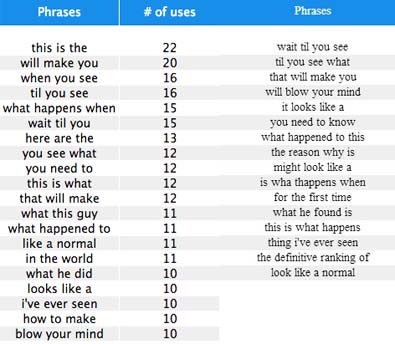
- The articles most shared contained the following words: ‘Kill’, ‘Fear’, ‘Dark’, ‘Bleeding’, and ‘War’. Take a look at a few examples:
Ex: ‘Google shuts down Google reader’? O ‘Google kills Google reader’?
Ex: “Oracle makes more moves to kill open source mySQL”
Ex: “Big data is dead. What’s next?”
Ex: “Why we need to kill bigData”
- Apparently, the negative forms of verbs and nouns have greater impact and attract more clicks
“8 Tips For Saving Money That You Can’t Stop Doing”
“7 Ways to Peel a Potato Without a Potato Peeler You Won’t Believe Ever Existed”
Ex: “Apple Is Not The Most Valuable Company In The History”
Ex: “Linus Torvalds: I will not change Linux to “deep-throat Microsoft”
Finally, take note of these super-smart tips the co-founder of UpWorthy gives about headlines.
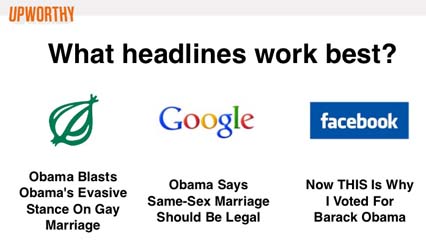
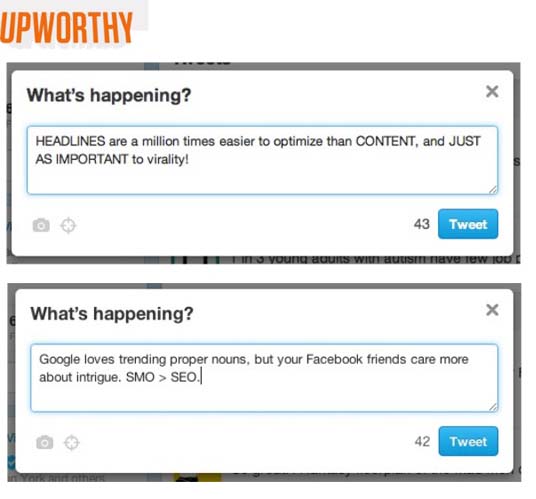
– Create great content and don’t be afraid to write “mind-blowing” headlines
– Think about the commonalities that your community may have, and write to unite them under the same answer, concern, or solution.
– Use the “Numbers/List” format to write headlines. Puts the number at the beginning of the sentence, and try to arouse curiosity.
– Use words with a negative connotation. Apparently “7 routines that can’t stop practicing ….. works better than “7 routines that will make you feel better…”
– While you write, think about the friends of your audience on Facebook and Twitter (Search Marketing Optimization), not only in SEO for Google.